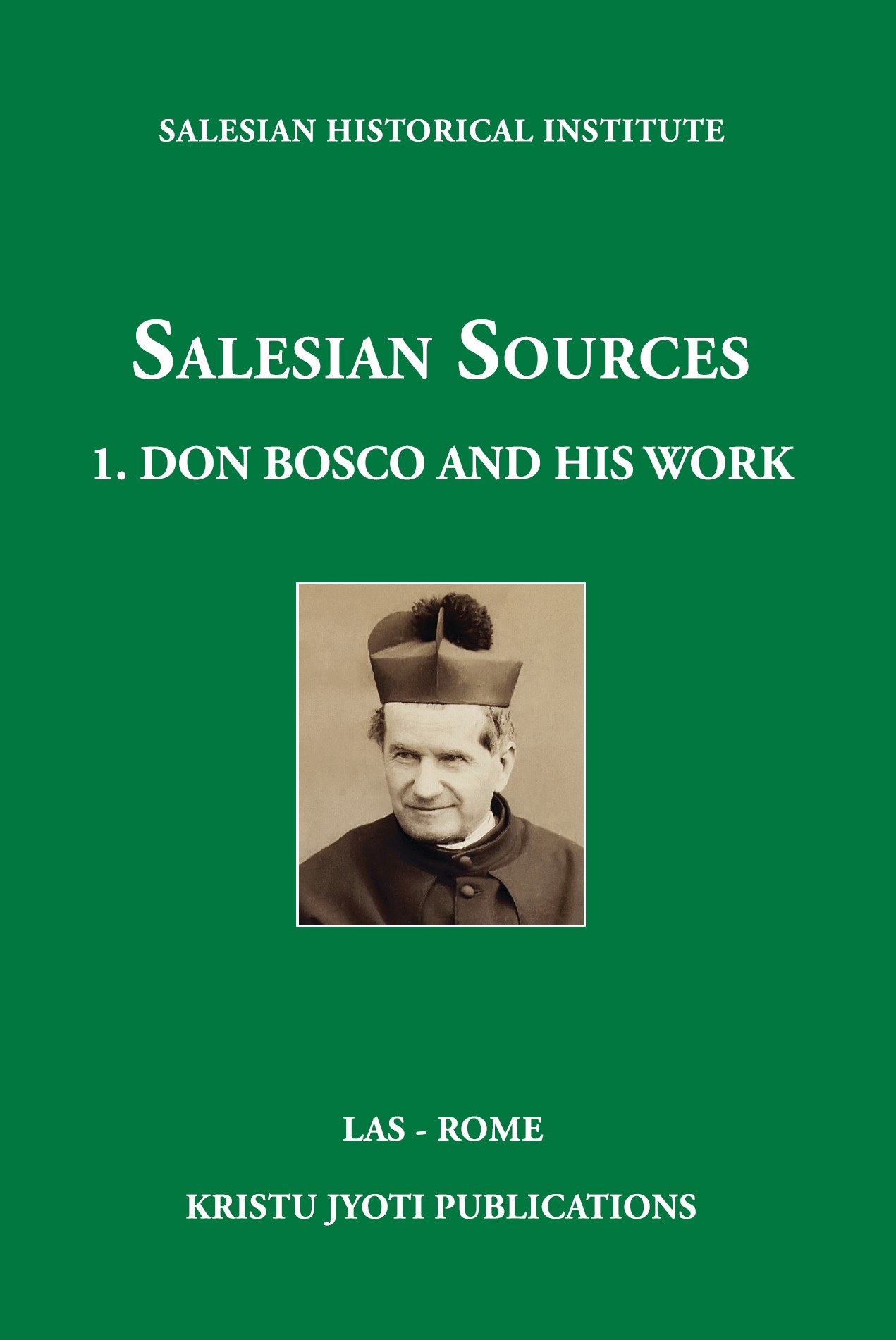The Confidential Reminders, originating from a letter to Fr. Michael Rua in 1863, evolved into a comprehensive guideline for Salesian rectors, directors, and educators. Initially a private letter providing guidance for the new Salesian house in Mirabello Monferrato, it expanded and became the “Confidential Reminders for Rectors of Individual Houses of the Salesian Society” by 1871. Continue reading “Giovanni Bosco – “Guidelines for running salesian houses (1863-1887)” in “Salesian Sources 1. Don Bosco and his work. Collected works””

